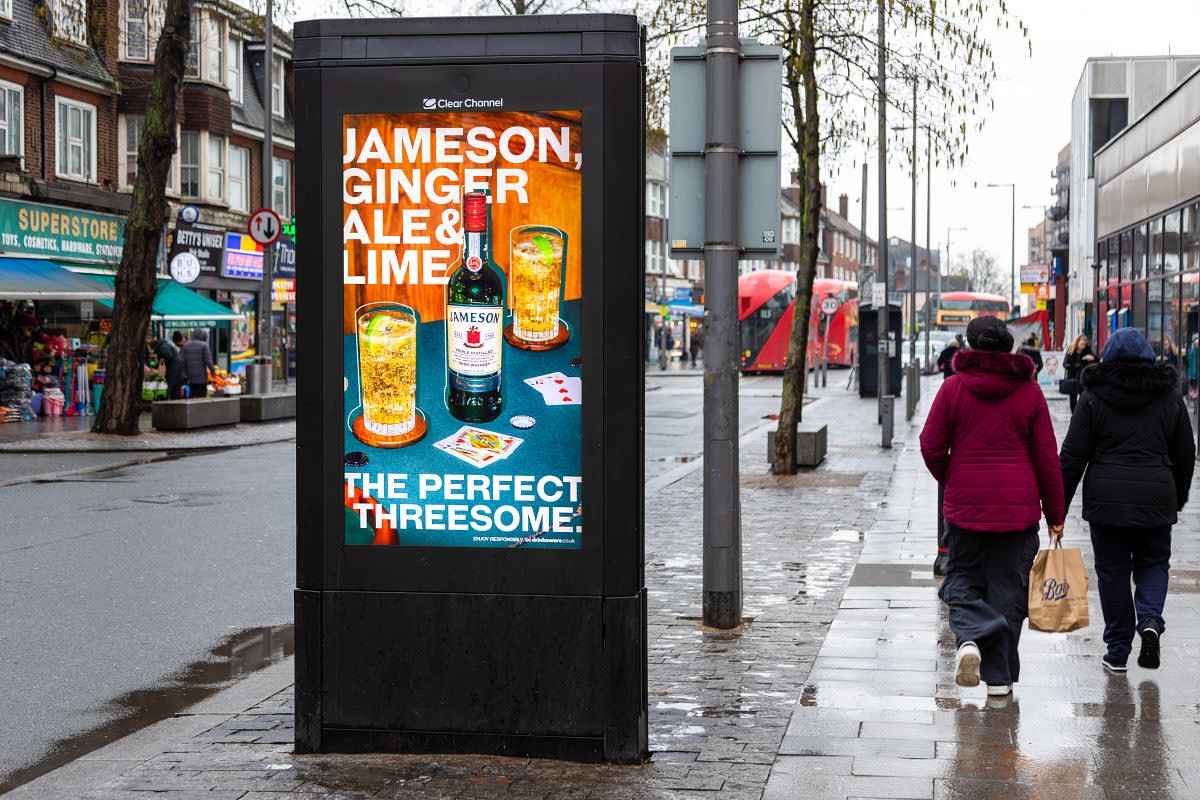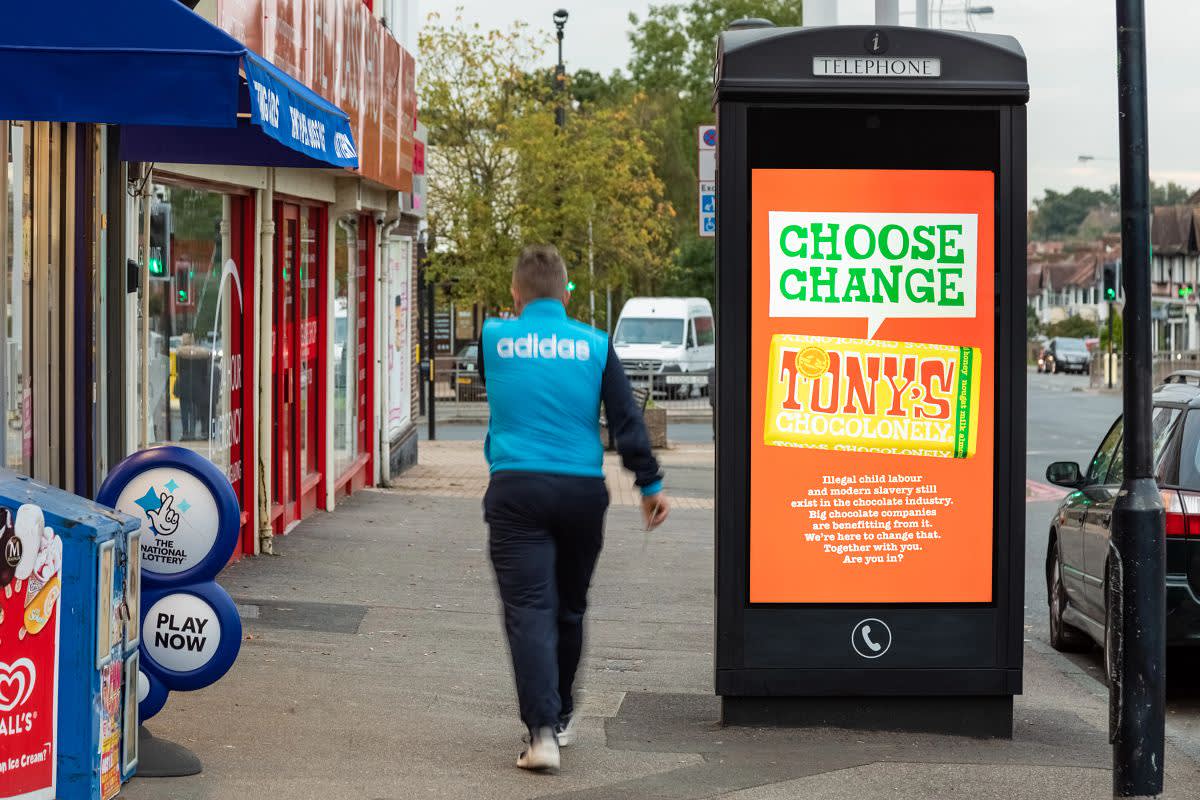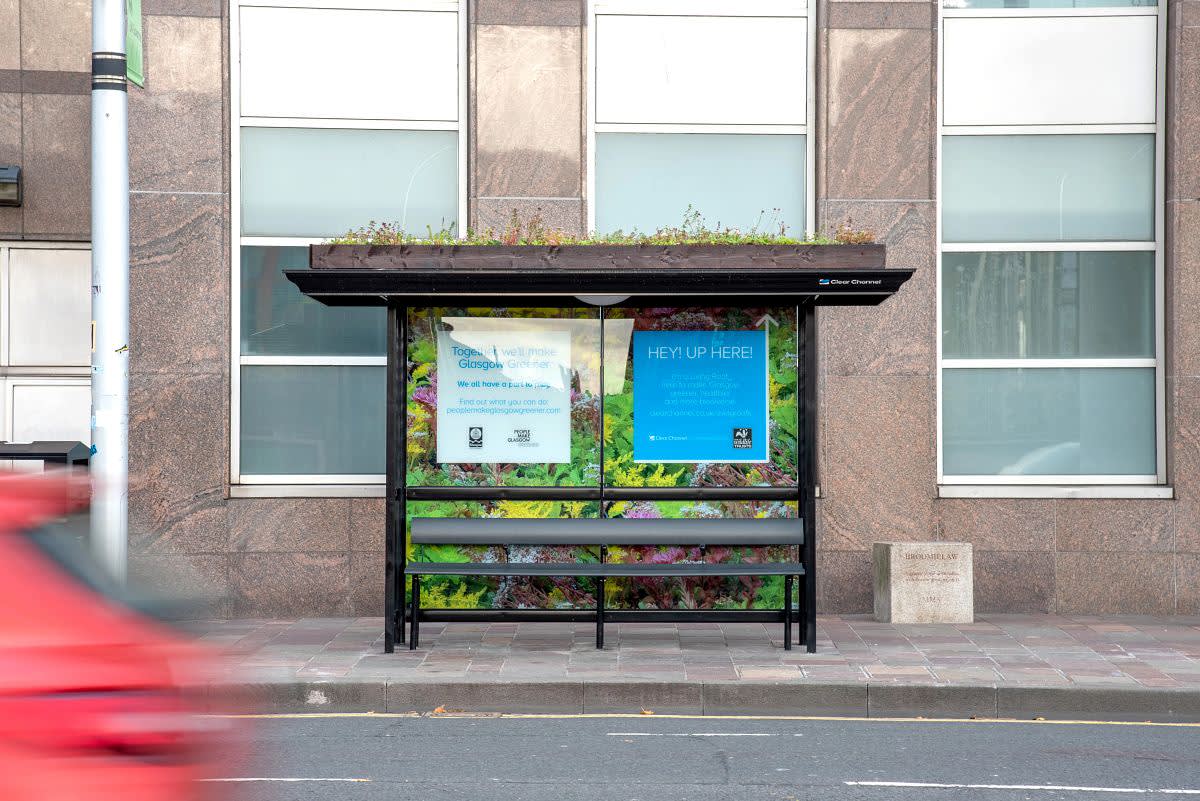Following a challenging couple of years during the pandemic, Digital Out of Home advertising (DOOH) is back on track and projected to generate an astonishing $13.3 billion globally in 2023.
A lot has changed in those few years. New DOOH infrastructure has been rolled out and both OOH media owners and advertisers have developed a better understanding of how to utilise the medium to its maximum potential.
These learnings and trends are important – they can tell you a lot about your audience and where to focus your efforts. Staying ahead of the curve when it comes to DOOH trends is key to maintaining brand relevance and running successful campaigns.
But before we delve into the top DOOH trends for 2024, let’s quickly recap its history.
Understanding DOOH advertising
Digital Out of Home advertising is a relatively new form of advertising that has emerged only in the last decade. It involves using digital screens placed strategically in public areas to promote products or services.
DOOH builds upon the longstanding foundations of traditional OOH advertising to offer dynamic content and flexible targeting alongside the well-known benefits of OOH, such as broad reach and cost-efficiency.
Since 2013, DOOH advertising revenue in the UK has more than tripled. It’s overtaken traditional OOH as the most popular type of outdoor advertising, accounting for 63% of revenue.
The past decade has been a learning curve for brands using DOOH. After much testing of what does and doesn’t work, the way that the medium is used has evolved and DOOH best practices have been established.
Top DOOH trends for 2024
As DOOH advertising continues to evolve, we’re looking forward to the trends that will define 2024.

1. Programmatic DOOH will continue to grow
The adoption of programmatic DOOH is expected to escalate as more brands become aware of its huge potential. Programmatic technology empowers advertisers to automate the buying and selling of ad space, ushering in a new era of data-driven, highly targeted campaigns.
Using trigger-based buying, brands can deliver tailored messages to the right audience, in the right place, at the right time. The impact of each interaction can be maximised, providing greater cost efficiency to advertisers alongside the cost savings of an automated process.
With programmatic DOOH, brands can adjust campaigns in real time. This flexibility paves the way for more agile and adaptive advertising, resulting in highly optimised campaigns.

2. Omnichannel strategies to dominate
An omnichannel approach ensures that brands maintain consistency in messaging, creating a cohesive experience across different touchpoints. This helps to reinforce brand identity and build stronger brand recall among consumers.
In 2024, we predict that more brands will be using DOOH to amplify other channels, and vice versa. In particular, DOOH advertising is expected to become more integrated with social media marketing.
By doing this, advertisers won’t just widen their reach and stand out in a competitive online landscape. They’ll also gather valuable cross-channel data that provides a comprehensive view of audience behaviour, offering insights that can inform future decision-making.

3. Increased focus on hyperlocal and contextual advertising
Contextually relevant advertising increases effectiveness and helps to cultivate a more positive brand association among consumers. DOOH’s dynamic capabilities make it easy to deliver hyper-relevant advertising at scale, which is why we think this trend will gain momentum as we head into 2024.
Through embracing dynamic DOOH, brands can deliver personalised content that enhances the customer experience and improves engagement. The creative that audiences see can be adapted depending on contextual factors like weather, time of day or even cultural events.
For businesses with multiple locations, hyperlocal targeting and messaging can drive foot traffic to specific stores. This increases awareness of physical locations and propels in-store sales.

4. Environmental sustainability
Some organisations are wary of DOOH for the sole reason that it takes electricity to power. And this is rightfully so; global energy consumption is a problem that we’re all responsible for fixing.
In the coming year, the climate crisis will most likely continue to be a leading issue for the UK public. The DOOH industry must respond to this by introducing sustainable elements, such as using renewable energy sources, LED lighting and solar-powered displays.
While it feels strange to call environmental accountability a trend, any advertisers and media owners that don’t quickly implement sustainable practices will soon find themselves viewed as irrelevant and irresponsible in the eyes of the public.
At Bauer Media Outdoor, we take our role as a Platform for Good seriously. 100% of the energy that we used is renewable and we’re committed to being Carbon Net Zero across Scope 1 and 2 emissions by 2030.
Read our sustainability roadmap to find out more about how we’re reducing our environmental impact.
Going forward
Going forward into 2024, DOOH is expected to continue to shape the wider OOH industry. From omnichannel strategies to hyperlocal advertising, customer centricity will be at the core of all successful campaigns.
Advertisers who stay abreast of Digital Out of Home trends will be better positioned to engage their target audiences and achieve their marketing goals. If you’d like to discuss how any of the trends or methods mentioned in this article can be used to benefit your business, please get in touch with us now.
Start your DOOH campaign
Interested in learning more about DOOH advertising? Fill in our form and one of our team will be in contact shortly to answer your questions and get started on your next campaign.




